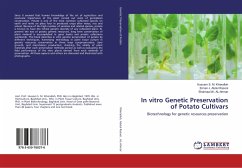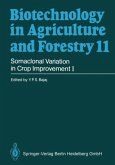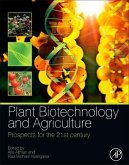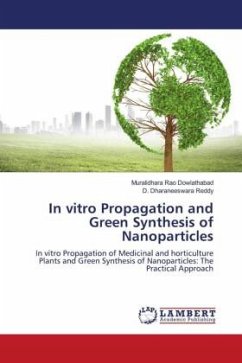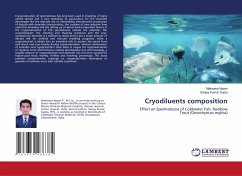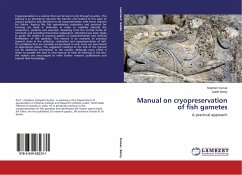Since it seemed that human knowledge of the art of agriculture and economic importance of the plant carried out some of germplasm conservation. Potato is one of the most common cultivated species on earth and ranks on place four in produced crops after maize, rice and wheat. Because of the high number of varieties and related species, potato is known to have the richest genetic diversity of any cultivated plant. To prevent the loss of potato genetic resources, long term conservation of plant material is accomplished in gene banks and private collections worldwide. This book describes in vitro genetic preservation of potato by different techniques, harnessing technology in plant tissue culture in genetic resources conservation in three ways cryopreservation, slow growth, and microtubers production, checking the vitality of plant materials after each preservation methods period as well as evaluating the field performance of the vitro plants derived from each methods of preservation. All these aspects and others are discussed and illustrated with photographs.

